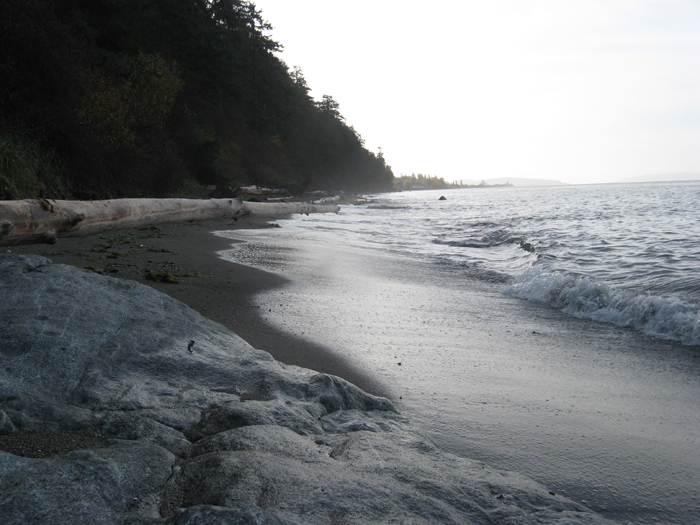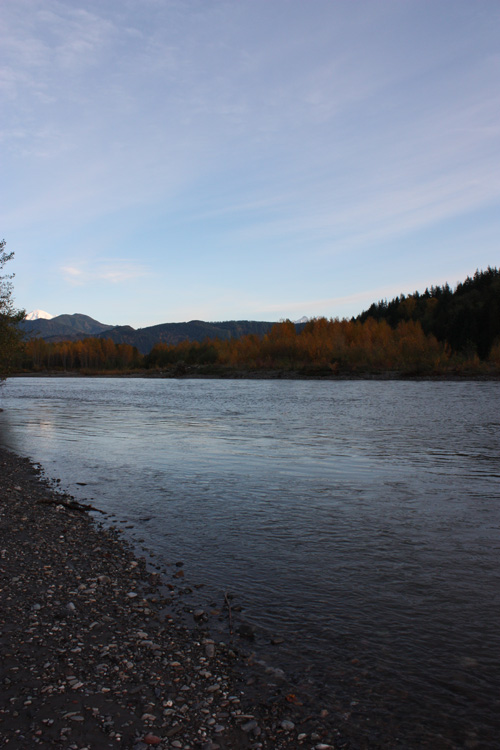The Searun cutthroat, also known as the Coastal cutthroat, is a popular fish for fly fishing enthusiasts.
The draw for fly fishing for searun cutthroat stems from the relatively large numbers of the fish, due to a good comeback, and the wide array of areas that searun cutthroat can be found. In the summer and fall, take a stroll down any Puget sound beach, or along the banks of any coastal stream, river, or tributary in the Pacific Northwest and you just might find a few coastal cutthroat hanging around.
At times searun cutthroat will slam flies with reckless abandon, and at other times they will display lockjaw to rival a coho salmon.
Once a few willing specimens are found, the searun cutthroat is a strong fighter, who can test a fly anglers gear. Although not nearly as large as their searun cousins, the steelhead, the searun cutthroat is a hard fighter and is a thrill to catch on fly fishing gear. Coastal cutthroat will grow to a decent size and can push the 20+ inch mark.
Fly Fishing Gear
Whether targeting coastal cutthroat with fly fishing gear in the saltwater, or in the freshwater streams and rivers they migrate in and out of, a 5/6 weight fly rod with a matching reel is adequate. A floating line will usually be your go-to choice, but sometimes an intermediate or heavier sink tip can be utilized effectively.
Searun cutthroat flies vary by situation. A good assortment of sandlance, clousers, deceivers, and muddler fly patterns will usually do the trick in the saltwater while spiders, reverse spiders, muddlers, rolled muddlers, and flies like the borden special work well in freshwater rivers and streams.
When fly fishing for sea-run cutthroat, it is a good idea to carry a variety of different sized flies to match the situation. At times, in the upper reaches of rivers and streams dry flies, and sometimes egg flies, will work wonders on hungry searun cutthroat.
Reading the water
Searun cutthroat like to hang in slow, protected water. This can sometimes pose a challenge when fly fishing for them since it is very different from the usual trout holding water. When fly fishing for searun cutthroat, avoid the usual trout holding water, and instead look for water that more closely resembles smallmouth bass water.
Slow water, around rock piles, undercut banks, and holding deep within submerged logs are key places to look for searun cutthroat.
Related articles:
Fly fishing for Searun Cutthroat in rivers
The best tide levels for saltwater searun cutthroat fishing







